Even before the coronavirus, air pollution killed seven million people a year. Will today’s cleaner air inspire us to do better?
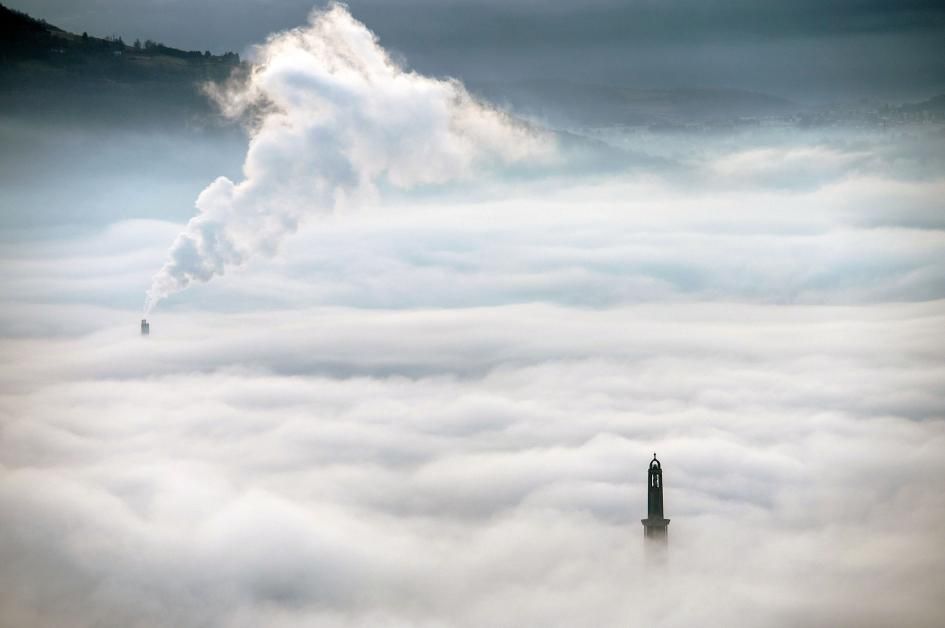

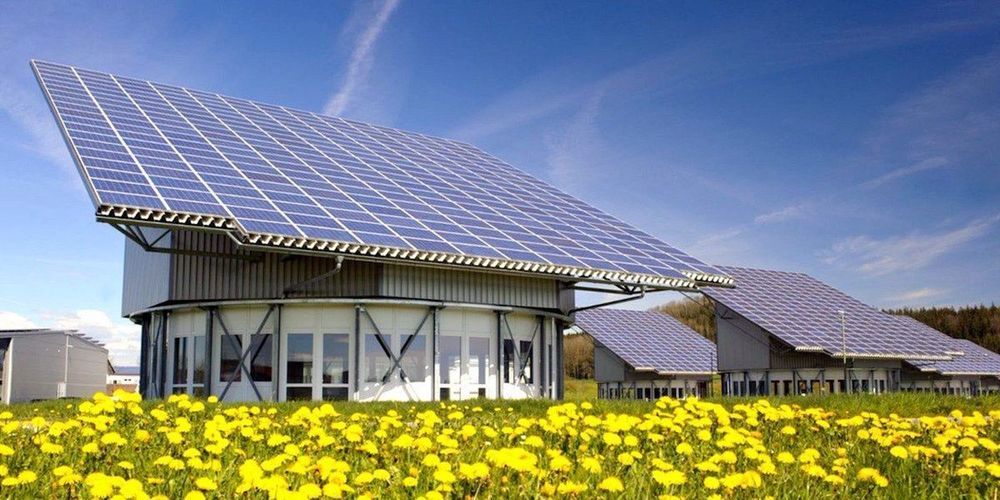
Germany has broken another renewable energy record but officials say there’s still room for improvement. The German Renewable Energy Federation (BEE) reported Sunday that the combined share of renewable energy in the electricity, transport and heating sectors was 15.2 percent in the first half of 2017, up from 14.8 percent during the same period last year.
For the electricity sector alone, renewables supplied a record 35 percent of the country’s power in the first six months of 2017, about a 2 percent increase from 2016’s numbers. To compare, renewables accounted for only 15 percent of the United States’ total electricity generation in 2016.
Despite the new benchmark, BEE acting managing director Harald Uphoff told DW that Germany’s transition to clean energy across all sectors is not happening fast enough. The BEE report showed that renewables provided only 5.1 percent of energy consumed in the transport sector and 13.6 percent in heating.

NASA’s new 3-dimensional portrait of methane concentrations shows the world’s second largest contributor to greenhouse warming, the diversity of sources on the ground, and the behavior of the gas as it moves through the atmosphere. Combining multiple data sets from emissions inventories, including fossil fuel, agricultural, biomass burning and biofuels, and simulations of wetland sources into a high-resolution computer model, researchers now have an additional tool for understanding this complex gas and its role in Earth’s carbon cycle, atmospheric composition, and climate system.
Since the Industrial Revolution, methane concentrations in the atmosphere have more than doubled. After carbon dioxide, methane is the second most influential greenhouse gas, responsible for 20 to 30% of Earth’s rising temperatures to date.
“There’s an urgency in understanding where the sources are coming from so that we can be better prepared to mitigate methane emissions where there are opportunities to do so,” said research scientist Ben Poulter at NASA’s Goddard Space Flight Center in Greenbelt, Maryland.

FUTURE AFRICA: SUSTAINING THE SOURCE.
Let’s discuss on the theme: COMPLIANCE TO GLOBAL SUSTAINABILITY.
💥Register for this Online/Virtual Reality Conference — https://conference.taffds.org/
Or
Chain Fortunes Limited an affiliate of TAFFD’s.
Chain Fortunes Limited Heritage Bank 6001729202.

FUTURE AFRICA: SUSTAINING THE SOURCE. Let’s discuss on the theme: COMPLIANCE TO GLOBAL SUSTAINABILITY.
💥Register for this Online/Virtual Reality Conference https://conference.taffds.org/
AGILE MINDSET THAT EMPOWERS YOUR LIFE with Annick Bleyen.
Transdisciplinary agora for future discussion inc.
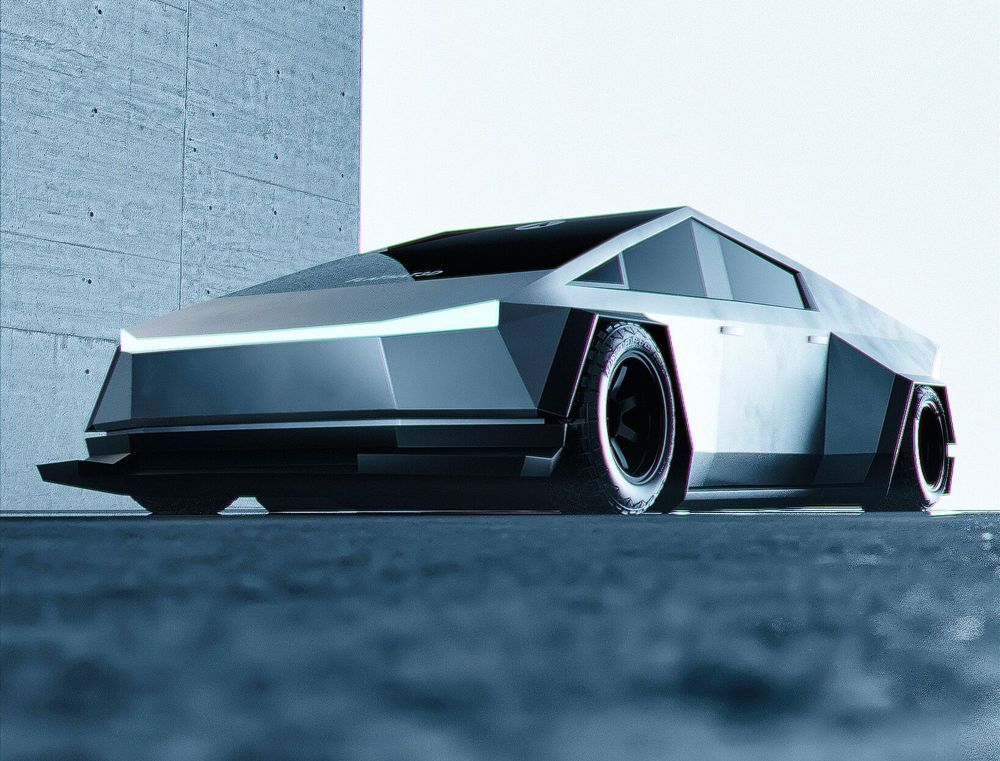
In what seems to be the automotive equivalent of a brazen act intended to show dominance, Elon Musk has announced on Twitter that Tesla will be releasing a “Plaid” version of the Cybertruck. Musk did not provide further details in his tweet, though there is little doubt that the feature will make the already daunting Tri-Motor pickup into something downright scary for its fossil fuel-powered rivals like the Ford F-150 Raptor.
Elon Musk’s Plaid Cybertruck revelation was shared on Twitter late Wednesday. While responding to Tesla owner-enthusiast and Third Row Podcast member Sofiaan Fraval, Musk stated that he would be driving a Plaid version of the all-electric pickup truck for personal use. This came as a pleasant surprise to the EV community, especially since this is the first time that such a version of the Cybertruck has been mentioned.
Elon Musk has mentioned in the past that the Tesla Cybertruck will have the handling and performance of a sports car, and this was highlighted during the vehicle’s unveiling event. Apart from showcasing its strength by having the hulking all-electric pickup pull a Ford F-150 like a rag doll, Tesla also featured the Cybertruck drag racing a Porsche 911, and crushing the iconic sports car in the process. These are bold demonstrations, and each was met with equal parts excitement and skepticism from the auto community.

In an effort to make highly sensitive sensors to measure sugar and other vital signs of human health, Iowa State University’s Sonal Padalkar figured out how to deposit nanomaterials on cloth and paper.
Feedback from a peer-reviewed paper published by ACS Sustainable Chemistry and Engineering describing her new fabrication technology mentioned the metal-oxide nanomaterials the assistant professor of mechanical engineering was working with—including zinc oxide, cerium oxide and copper oxide, all at scales down to billionths of a meter—also have antimicrobial properties.
“I might as well see if I can do something else with this technology,” Padalkar said. “And that’s how I started studying antimicrobial uses.”
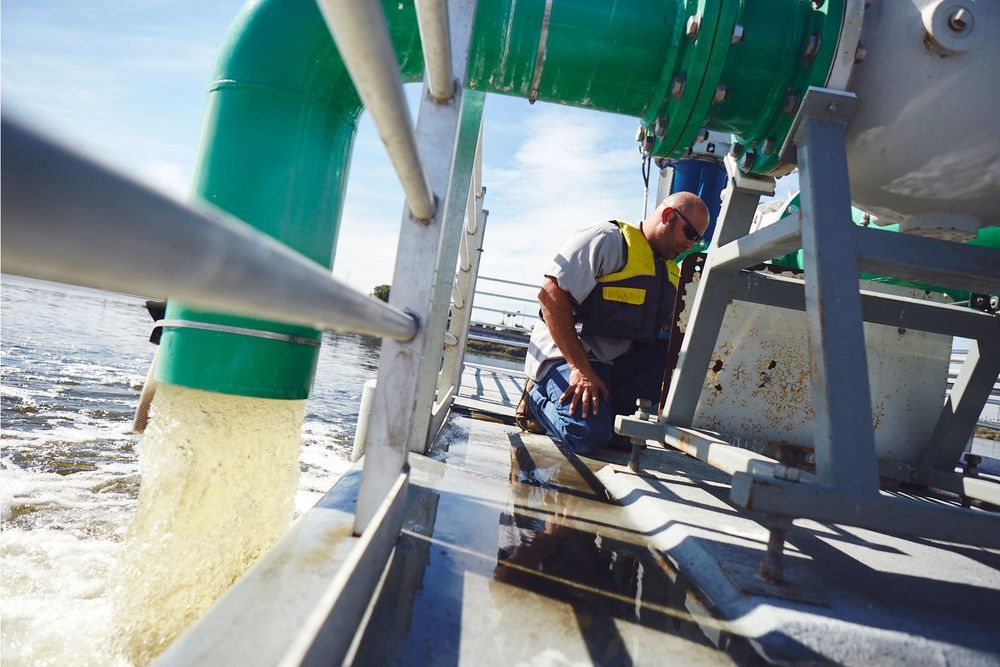
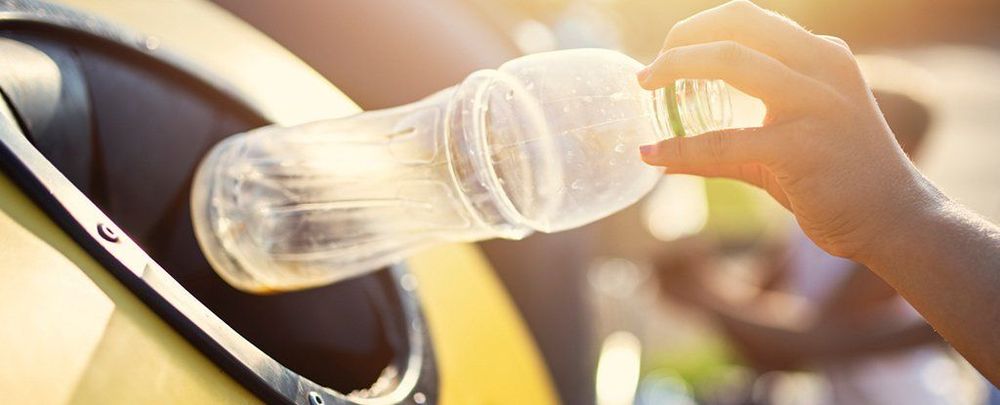
Researchers working for industrial development company Carbios have created a mutant bacterial enzyme that can break down plastic bottles for recycling in only a couple of hours, according to The Guardian.
The enyzme can break down PET plastic bottles into their individual chemical composites, which could later be reused to make brand new bottles.
Conventional recycled plastic that goes through a “thermomechanical” process isn’t high enough quality and is mostly used for other products such as clothing and carpets.
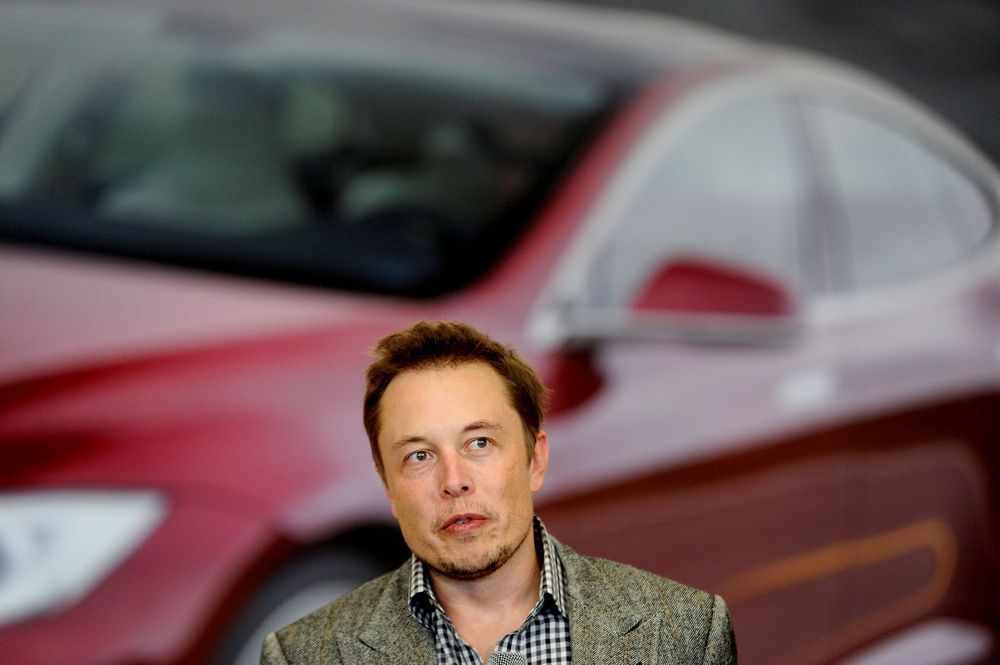
Tesla will cut pay for all of its salaried employees and will furlough hourly workers until May 4, when it intends to resume production of electric cars, according to an internal e-mail that multiple employees shared with CNBC. The pay reductions are expected to be in place until the end of the second quarter.
Health orders, implemented to curb the spread of COVID-19, forced Elon Musk’s electric car company to wind down production at its main vehicle assembly plant in Fremont, California.
The new pay cuts follow Tesla’s first-quarter vehicle production and deliveries report, which pleased investors — the company said it delivered approximately 88,400 vehicles and produced 103,000 in Q1. Tesla has yet to withdraw guidance it gave investors for 2020, saying it should “comfortably exceed” 500,000 vehicle deliveries for the year.